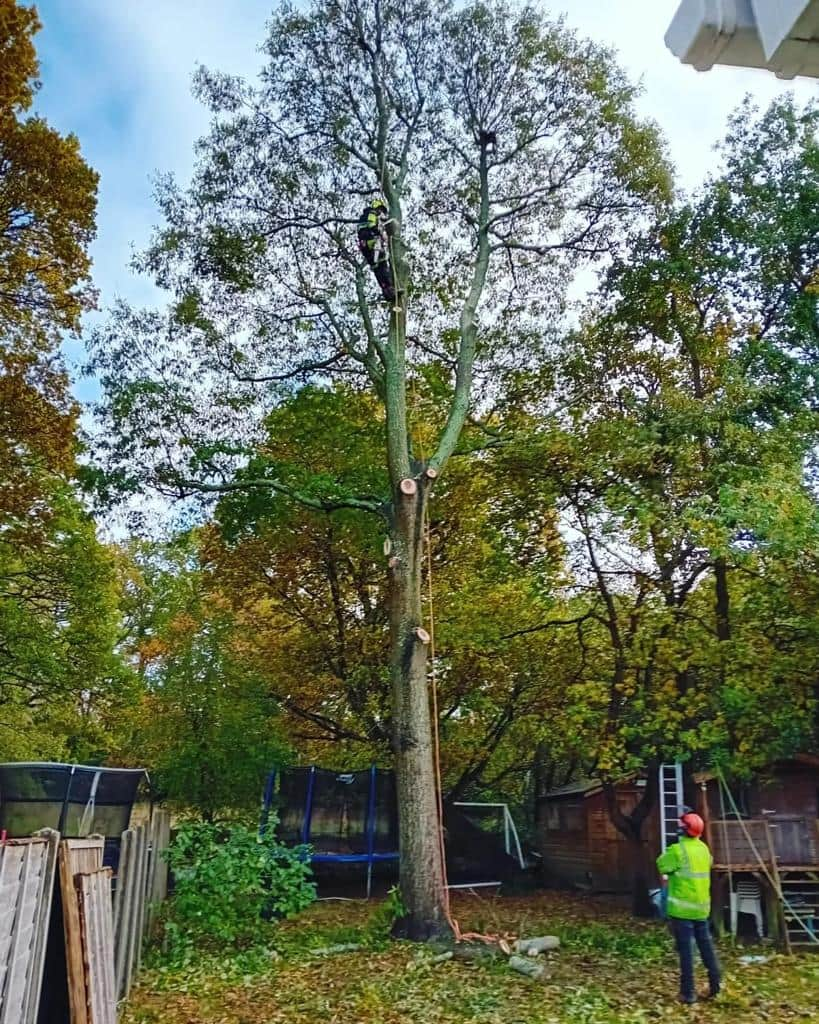Introduction: Before embarking on a stump grinding project, assessing the soil conditions surrounding the stump is crucial to ensure a smooth and successful grinding process. Soil characteristics such as moisture content, compaction, and composition can significantly impact the efficiency and effectiveness of stump grinding. This blog post will discuss tips for assessing soil conditions before stump grinding to help you achieve optimal results and avoid potential challenges.
Evaluate Soil Moisture Levels:
- The moisture content of the soil can influence the ease of stump grinding and the performance of grinding equipment. Excessively wet soil can make grinding more challenging by causing the stump grinder to bog down or become clogged with mud. Conversely, overly dry soil can increase dust and debris during grinding, posing potential health and safety hazards. Before starting the grinding process, assess the soil’s moisture levels to determine if any adjustments or precautions are necessary.
Test Soil Compaction:
- Soil compaction refers to the density and firmness of the soil, which can affect the stability of the stump and the ease of grinding. Compacted soil may require additional effort and specialised equipment to break through, while loose or soft soil may pose stability issues during grinding. Use a soil compaction tester or walk on the soil to gauge its firmness and compactness. If the soil is excessively compacted, consider aerating or loosening it before proceeding with stump grinding.
Identify Soil Composition:
- The composition of the soil, including its texture, organic matter content, and mineral composition, can impact the grinding process and equipment performance. Sandy soils are easier to grind due to their loose structure, while clay soils may pose more resistance and require extra caution. Additionally, soil with high organic matter content or embedded rocks and debris can hinder grinding efficiency and potentially damage equipment. Take note of the soil composition and adjust your grinding approach accordingly.
Check for Underground Utilities:
- Before starting stump grinding, it’s essential to locate and identify any underground utilities or obstacles that may be present in the soil. If not properly identified and avoided, gas lines, water pipes, electrical cables, and irrigation systems can be damaged during the grinding process. Use underground utility locators or consult utility maps to accurately pinpoint the location of buried utilities and mark them to prevent accidental damage during grinding.
Consider Environmental Factors:
- Environmental factors such as slope, drainage patterns, and nearby vegetation can also impact soil conditions and stump-grinding operations. Grading or levelling uneven terrain may be necessary to ensure safe and stable working conditions for stump grinding. Additionally, consider the potential impact of grinding debris on surrounding vegetation, waterways, and wildlife habitats, and take appropriate measures to minimise environmental disturbance.
Conclusion: Assessing soil conditions before stump grinding is essential for ensuring a safe, efficient, and successful operation. By evaluating moisture levels, compaction, composition, and potential hazards, you can identify any challenges or considerations that may arise during the grinding process and take proactive steps to address them.
Call us on: 01962 571 792
Click here to find out more about LM Tree Surgery Winchester
Click here to complete our contact form and see how we can help with your tree’s needs.

